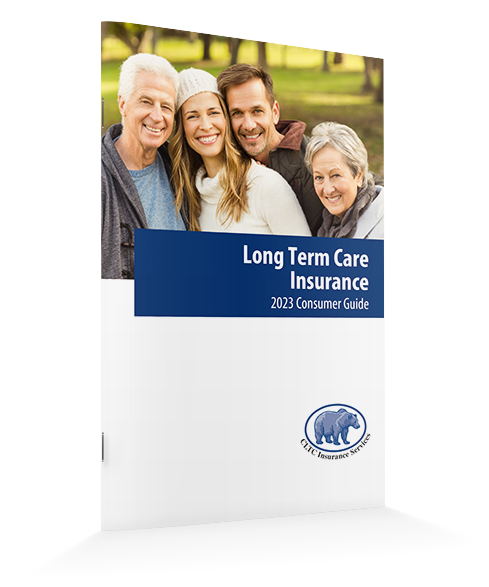Traditional Long-Term Care Insurance
Traditional Long-Term Care Insurance used to be viewed as “nursing home insurance” because most policies from 15 years ago only offered that one option. Today, that is hardly the case. Long-term care insurance now covers adult day care, in-home care, assisted living, and nursing home care. These policies are considered comprehensive in nature. Now we refer to long-term care insurance as “lifestyle insurance”.
Who CAN’T Get Long-Term Care Insurance?
Underwriting Explained
When you apply for a Long-Term Care Insurance plan, you must go through underwriting. Underwriting means that the company will check your medical records to determine what medical problems you may currently have, or have had in the past. They want to know your overall health history. If you have been diagnosed with short-term memory loss, Alzheimer’s disease, Parkinson’s disease, Multiple Sclerosis, Lou Gehrig’s disease, or if you have had a stroke with permanent physical impairment, you may not qualify. People who have survived cancer and are treatment free for a certain length of time can often qualify. Each insurance company has their own underwriting guidelines. It is best to talk to your agent, or call the company directly with any specific questions about health issues. Height and weight are also a consideration when applying. Sometimes the insurance company will send a registered nurse to the home to ask a few questions, and take some more medical history, or they may just call on the phone for a brief interview.
Qualifying to USE the Benefits of a Long-Term Care Insurance Plan
Activities of Daily Living
When it’s time to use your tax qualified Long-Term Care Insurance plan (taxes to be discussed in a later chapter), the insured person must need help or substantial assistance with 2 out of 6 activities of daily living for a period of 90 days or greater. This need for care must be certified by a licensed healthcare practitioner such as a nurse or physician.
These activities of daily living include:
Bathing
Dressing
Eating
Toileting
Continence
Transferring (i.e. moving from the bed to a chair)
Or, the insured must have a cognitive impairment, like Alzheimer’s disease or dementia. A cognitive impairment means that although a person may be physically able to perform all of the activities listed above, they cannot remember or rationalize how to do those activities. One example would be bathing. Sometimes people with dementia are physically able to take a bath, but can’t remember to do so, or can’t remember why this is important. Or, perhaps when getting dressed, they put on five shirts instead of one.
Comprehensive vs. Facility Only Plans
Comprehensive Plans
A comprehensive plan covers all aspects of long-term care: in-home care, adult day care, assisted living, and nursing home care. These plans are designed to help people stay at home longer, and also assist them with transitions to other levels of care as needed. Most consumers want to stay at home for as long as possible. A comprehensive plan will satisfy that desire.
Facility Only Coverage
Facility only plans are still available on the market today. Facility only plans pay for just that, facility care only. Usually this includes assisted living and nursing home care. A facility only plan makes the most sense for folks who do not have a large network of family and friends around them, and for people who know that this may be their only option in the future. Facility only plans are less costly than comprehensive plans, but again, offer payment only for nursing home and assisted living care. The insured person cannot live at home and use the benefits of a facility only plan.
Benefit Period
The benefit period is the length of time the policy will actually pay for care. There are many different benefit periods available including 2 years, 3 years, 4 years, 5 years, 7 years, 10 years, and unlimited lifetime coverage. When purchasing long-term care insurance, keep in mind that premiums are paid for potentially the next 20 years (or until the policy holder needs care), but the plan will only last about as long as the benefit period originally selected.
People often ask, “How do I know which benefit period to choose?” “How do I know how long I might need care?”
Obviously, there is no way to really determine how long a person might need care. However, the best advice is for each individual to take a look at their own personal health history, and their family history. If there is a history of chronic disease such as Alzheimer’s, Parkinson’s, MS, or Lou Gehrig’s disease, it might be worthwhile to consider a longer benefit period.
Visit us at www.californialongtermcare.com with any questions, and for more information on obtaining Long-Term Care Insurance in California.





